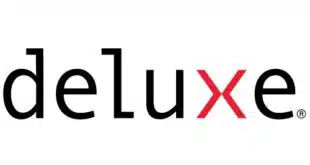Despite lots of headlines, prepaid cards account for only a small share of payments by underbanked consumers, according to results of a survey released Monday by The Center for Financial Services Innovation, a non-profit affiliate of Chicago-based ShoreBank Corp. The national survey of 2,799 adults age 18 and older and conducted in February and March found that only 2% said prepaid cards were their most frequent way of spending money in the preceding 30 days. Another 2% said Food Stamp/benefit cards, and 1% said payroll cards, giving the prepaid category 5% in all. CFSI director Jennifer Tescher attributes prepaid's low market share to what she says are still the “early days” of the product. “Even though prepaid volume is up over the course of time, it's still really small as a percent of [the] U.S. population,” she says. Cash, not surprisingly, still reigns as king of payments among the underbanked. Some 51% of respondents said cash was their most frequent payment method over the preceding month. Cash's share rises when the total respondent based is broken down into the “unbanked,” or those with no checking or savings accounts, and a narrower definition of “underbanked,” in this context those who have a demand-deposit account but still conducted a non-bank financial transaction, such as cashing a check at a grocery store or check-cashing store, over the preceding month. Seventy-seven percent of the unbanked respondents said cash was their chief payment method compared with 27% for the underbanked, Tescher says. Among the latter group, 32% said debit cards were their most frequently used payment product and 16% said checks. In all, 49% of respondents had a checking account, 41% had a savings account, and 51% had no such accounts. The survey had some other findings indicating that the underbanked may not be as different from middle-class America as some might think. Sixty-three percent reported owning their own homes, not far off the national homeownership rate of about 67%. Only 28% rent. Tescher attributes the respondents' high homeownership rate to the fact that CFSI didn't put an upper income limit on the survey base, and to the likelihood that many respondents live in multiple-family homes. Despite the lack of an income cap, the respondent base still had a median household income of $26,390, 46% lower than the national median of $48,451, according to the U.S Census Bureau's 2006 American Community Survey, the latest available. Eighteen percent of respondents didn't provide income data. Based upon the sample's findings, CFSI estimates about 40 million Americans are underbanked or unbanked?about the same as some other organizations have estimated. MasterCard Inc., Citigroup Inc., processor Fidelity National Information Services Inc., and H&R Block Inc. co-sponsored the survey, which was done by Experian Consumer Research via telephone and mail.
Check Also
Mastercard Looks to Support Stablecoins in a Deal With Wallet Provider MoonPay
The big card networks have worked for several years to exploit the growing business of …





